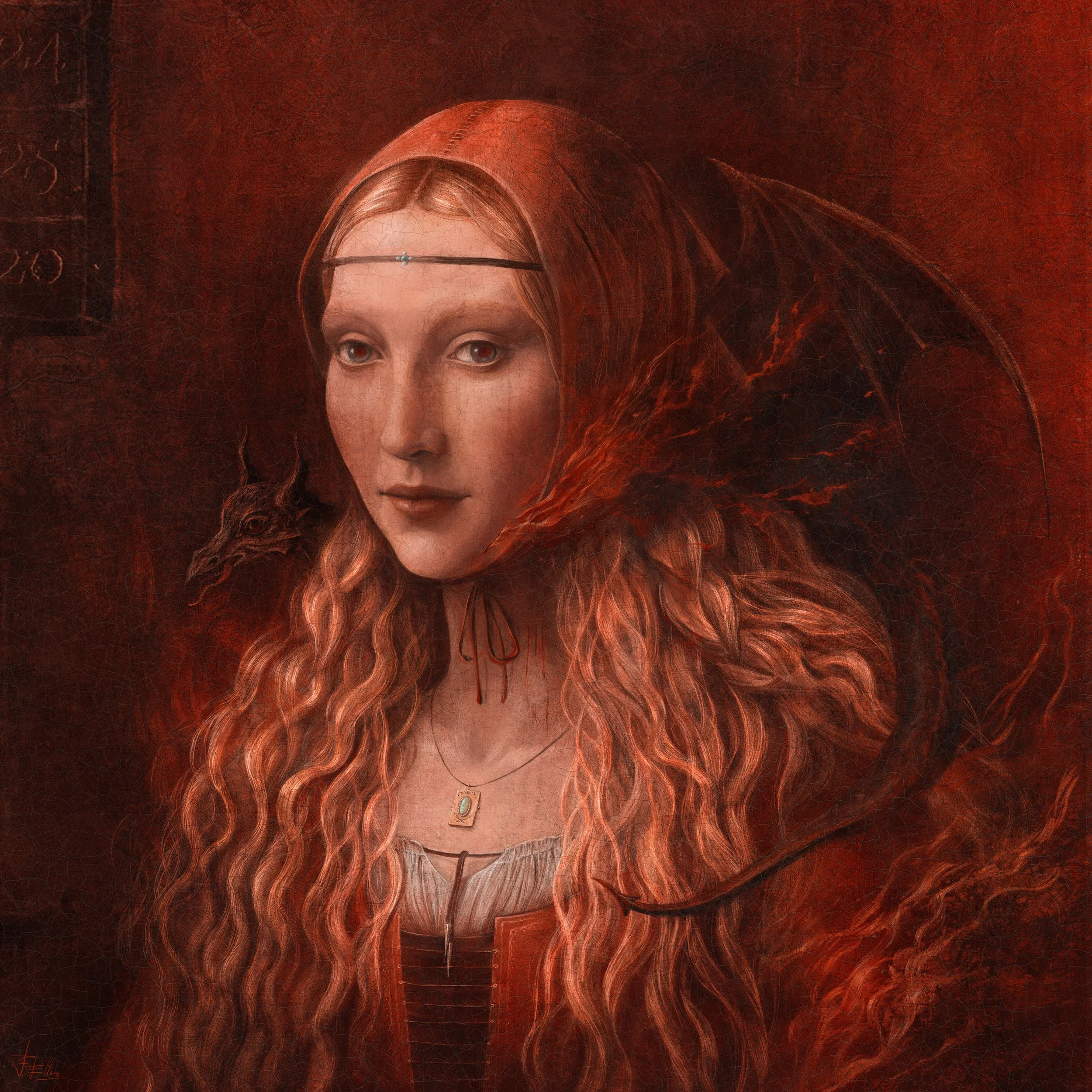
Lost Halos

The Archangel
1/1 Edition
2025

1/1 Edition
2024
The Angel





Lost Halos is a portrait series consisting of thirteen NFTs (non-fungible token is a unique digital identifier that is recorded on a blockchain and is used to certify ownership and authenticity). Not all portraits have been revealed yet.
In the New Testament, particularly in 1 Peter 1:12, it is mentioned that angels "long to look into" the things concerning salvation. While angels are deeply interested in God's plan for human salvation, they do not fully experience or understand it in the same way humans do. Salvation, as offered through Jesus Christ, is uniquely a part of the human experience — humans are the ones in need of redemption due to sin. Unlike humans, who have the opportunity for repentance and redemption through Christ, fallen angels are often viewed as irredeemable in Christian doctrine. Their choice to rebel is seen as final and unrepentant, which means that while they may understand salvation, it is not something they can or would partake in. Theologically, their understanding is one of opposition, and they work against God's plan rather than toward it.
However in non-mainstream or alternative perspectives, the idea of fallen angels being forgiven is explored in various ways. Some suggest that divine mercy could extend even to the most fallen beings, while others see the possibility of redemption as part of a broader, more inclusive cosmic plan, that emphasises God's infinite mercy.
The series delves into the souls of the damned, capturing their essence in moments of vulnerability and reflection. Each portrait tells a tale of inner turmoil and resilience, as the subjects confront their past and strive for redemption.
The depiction of the demon child serves as a metaphor, embodying the initial stage of this transformative process. With mischievous eyes and a devilish grin, the child represents the innocence tainted by wrongdoing, the first step towards acknowledging one's transgressions.
By engaging with the stories of the damned, viewers are prompted to confront their own lingering doubts and unresolved grievances, ponder the essence of forgiveness and closure. What does it mean to forgive, both oneself and others?
The word "halo" comes from the Greek word "halos," which means "disk" or "ring." In ancient Greek mythology and art, a halo surrounded the head of a deity or holy figure. This concept was later adapted by various cultures and religions, including Christianity, where halos are commonly depicted as glowing circles or auras surrounding the heads of saints, angels, and other holy beings. The use of "lost" suggests that these symbols of divinity have been lost or taken away, as a fall from grace or a loss of innocence.
I wanted to show a diversity of experiences and personalities among the damned. There are going to be nine ranks of angels, one human and three chorts, each symbolising a different stage of redemption, from the beginning of sin, the exploration mode and the redemption stage.
Exhibition in NYC where one of the works was exhibited on 3rd of April,
Lume Studios, NYC
Process








